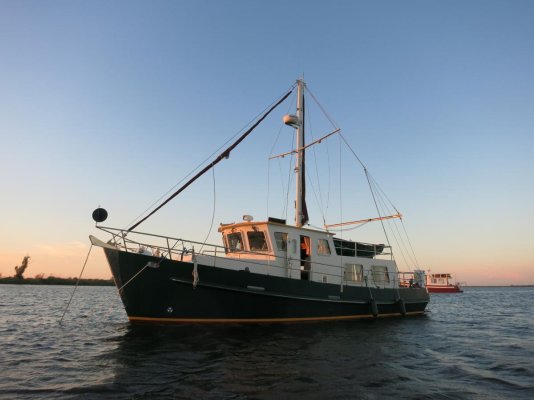psneeld
Guru
Something I have observed.....
Unlimited scope...not much required of the anchor.
Short scope, more required of the anchor.
Anchor set.....unless you dive on it and have knowledge of the substrate from surface to several feet down...it's only a guess/hunch/experience...but very little on fact.
Enjoy discussing it as a hobby...but much of what is discussed seems pretty consistent with experienced cruisers who anchor say 100X a year or more in all sorts of bottoms and situations.
Unlimited scope...not much required of the anchor.
Short scope, more required of the anchor.
Anchor set.....unless you dive on it and have knowledge of the substrate from surface to several feet down...it's only a guess/hunch/experience...but very little on fact.
Enjoy discussing it as a hobby...but much of what is discussed seems pretty consistent with experienced cruisers who anchor say 100X a year or more in all sorts of bottoms and situations.

